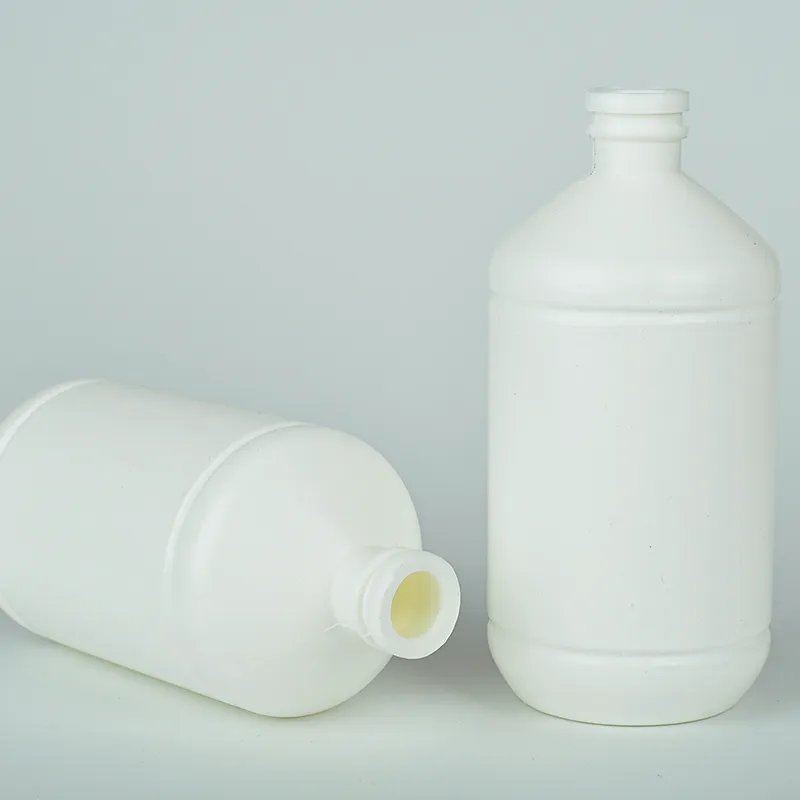What Are the Uses and Functions of Reagent Bottles in Laboratories?
What is a Reagent Bottle Used For?
A reagent bottle, also commonly referred to as a reagent jar or reagent flask, is an essential piece of laboratory equipment used primarily in the fields of chemistry and biology. These bottles are designed to store, transport, and dispense chemical reagents safely and efficiently. In this article, we will explore the various uses, types, and features of reagent bottles, highlighting their importance in laboratory settings.
Structure and Material
Typically made of glass or high-quality plastic, reagent bottles come in various sizes, generally ranging from 100 milliliters to several liters. Glass bottles are often preferred for their chemical resistance, transparency, and inert nature, while plastic bottles, such as those made from polyethylene or polypropylene, are valued for being lightweight and less prone to breaking. The choice of material often depends on the type of chemicals being stored and the specific requirements of the laboratory environment.
Reagent bottles are usually equipped with a tight-fitting screw cap or stopper to prevent the contents from evaporating or reacting with external contaminants. Some modern designs also feature safety caps that provide additional protection against accidental spills or leaks.
Uses in Chemistry
The primary purpose of a reagent bottle is to store chemical reagents, which are substances used to test or facilitate chemical reactions. In a laboratory, these bottles are indispensable for the following reasons
1. Sample Storage Reagent bottles are ideal for storing liquid samples, powders, or even gases under controlled conditions. Laboratories often require the long-term storage of reagents, and reagent bottles help maintain stability by minimizing exposure to light, air, and moisture.
2. Chemical Compatibility Different chemicals can react unpredictably if not stored correctly. Reagent bottles allow for the safe segregation of hazardous substances. For example, acids should be stored in glass bottles rather than plastic ones, as they can corrode certain plastics.
3. Ease of Dispensation Many reagent bottles are designed to allow for easy pouring or dispensing of their contents. Some come with built-in dispensers or long necks, which facilitate accurate measurements and reduce the risk of spills.
what is a reagent bottle used for

4. Labeling and Identification Proper labeling on reagent bottles is crucial for safety and efficiency in a laboratory. They often come with a white area that can be written on, providing space for essential information such as the name of the reagent, concentration, hazard warnings, and the date of receipt or preparation.
Uses in Biology
In biological laboratories, reagent bottles are equally crucial. They are used to store various types of solutions, including buffers, reagents for assays, and culture media. The following applications highlight their significance
1. Biochemical Reagents Reagent bottles store enzymes, substrates, and other chemicals that are vital for biochemical reactions. For instance, DNA extraction kits often include reagent bottles filled with specialized solutions required for isolating genetic material.
2. Culture Media In microbiology, reagent bottles are frequently used to prepare and store culture media, which provide the necessary nutrients for growing microbial organisms. Keeping these reagents in well-sealed bottles ensures contamination is minimized.
3. Stability of Biological Samples The stability of biological samples can be affected by environmental factors. Reagent bottles provide a controlled environment that helps preserve these samples for extended periods.
Safety Considerations
The use of reagent bottles comes with responsibilities. Laboratory personnel must adhere to safety protocols when handling chemical reagents. It's crucial to wear appropriate personal protective equipment (PPE) such as gloves and goggles. Moreover, understanding the properties of the stored reagents, including their hazards and expiration dates, is essential for preventing accidents and maintaining a safe working environment.
Conclusion
In conclusion, reagent bottles are a fundamental component of modern laboratories, playing vital roles in the storage, handling, and usage of chemical and biological reagents. Their design, construction materials, and features are all tailored to meet rigorous safety and efficiency standards, ensuring that laboratory practices can be conducted smoothly and safely. Whether in a chemistry or biology lab, these bottles are indispensable tools that contribute significantly to scientific discovery and innovation. Proper use and maintenance of reagent bottles not only enhance the reliability of experimental results but also ensure the safety of laboratory personnel.
-
Aesthetic Makeup Spray Bottles | Fine Mist Empty RefillableNewsAug.19,2025
-
White Plastic Veterinary Vaccine Vials | Lab Liquid BottlesNewsAug.18,2025
-
Plastic Medicine Liquid Bottle: Secure Flip Top Drug VialsNewsAug.17,2025
-
Durable 250ml Blue Plastic Vaccine Vial for Lab & Vet UseNewsAug.16,2025
-
Sterile Virus Sample Tubes: Secure & Reliable Specimen CollectionNewsAug.15,2025
-
White 250ml Plastic Vaccine Vial for Lab & Vet MedicineNewsAug.14,2025
























